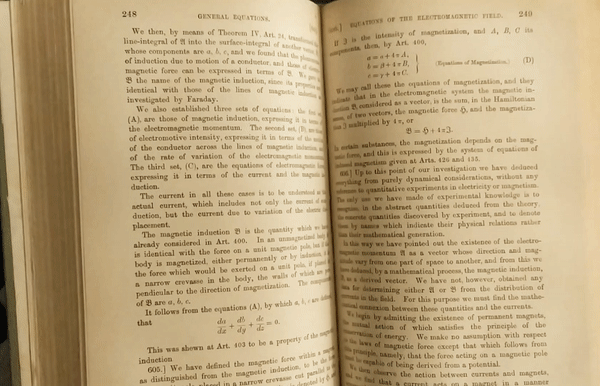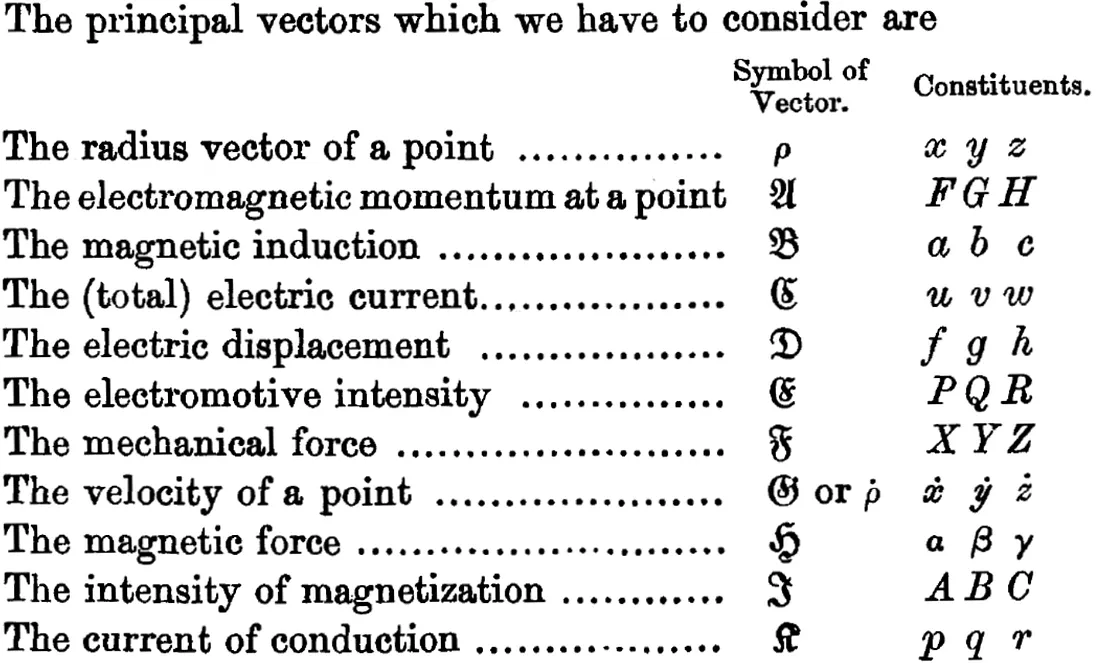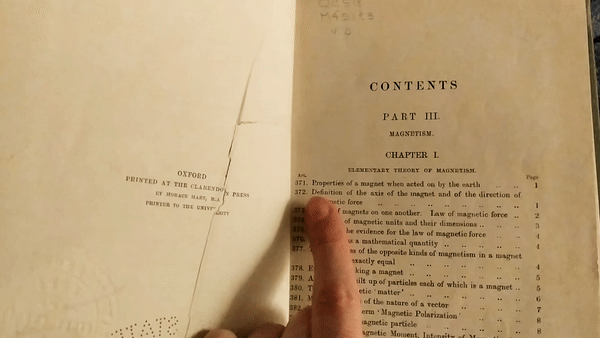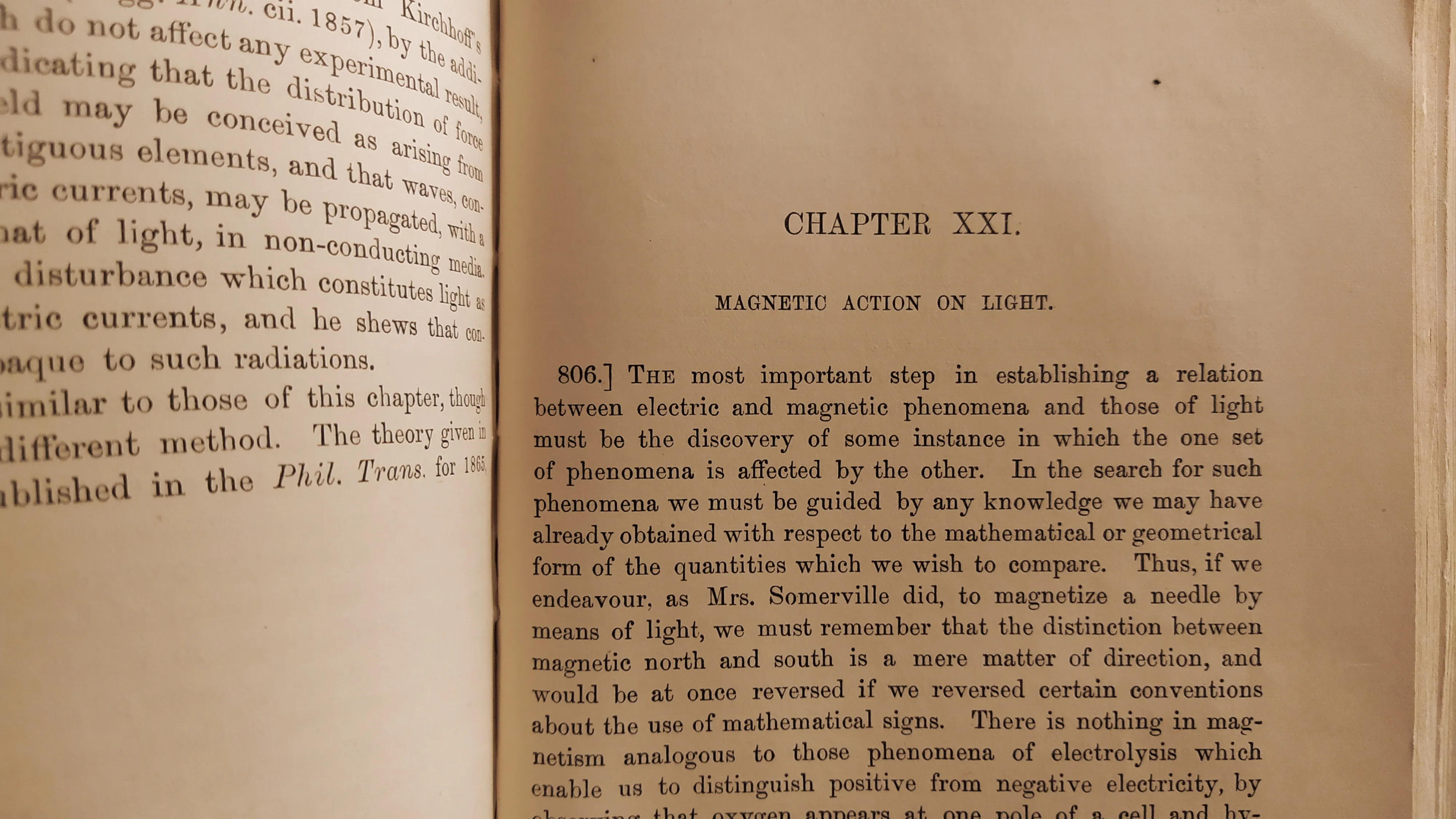Ana-Marija Nedić

Contact: amnedic AT umn DOT edu
Connect on LinkedIn
Codes repositories on GitHub
List of publications on Google Scholar
Maybe useful:
∙ Resources for young researchers
And some fun topics:
∙ Why is magnetic field denoted as ‘B’?
∙ How would you fit these data?
∙ Why a Nobel for blue LEDs?
∙ The times when Einstein blundered
Why is magnetic field denoted as ‘B’?
The elegant symmetry between electric and magnetic fields was first recognized in Maxwell’s work, notably in his 1861 paper, On the Physical Lines of Force. His earliest studies on electricity and magnetism, however, date back only a few years earlier, in the 1855 article On Faraday’s Lines of Force.
In addition to identifying this symmetry, Maxwell introduced the idea of representing certain physical quantities as vector fields and established much of the notation still in use today. To a modern physicist, though, his original presentation can appear bewildering — the equations were far from tidy, initially appearing as 20 differential equations with 20 variables.

Maxwell’s equations as they appear in his textbook from 1873.
Vector quantities, including the magnetic field, were labeled alphabetically in the order they appeared.

A scanned page from "A Treatise on Electricity and Magnetism", Vol. 2, p. 257.
Many of these cursive-letter labels have endured: $\mathbf{A}$ for vector potential, $\mathbf{B}$ for magnetic induction, $\mathbf{D}$ for electric displacement, $\mathbf{E}$ for the electric field, $\mathbf{F}$ for mechanical force, $\mathbf{H}$ for the magnetic field, and $\mathbf{J}$ for current. Component notation has changed (luckily!), with the electric field components evolving from $P$, $Q$, $R$ to the familiar $E_x$, $E_y$, $E_z$.
There is some ambiguity in labeling the magnetic field, as both $\mathbf{B}$ and $\mathbf{H}$ are commonly used. Strictly speaking, $\mathbf{B}$ (magnetic induction or auxiliary field) and $\mathbf{H}$ (magnetic field) are related by $\mathbf{B} = \mu_0 (\mathbf{H} + \mathbf{M})$ which in a vacuum simplifies to $\mathbf{B} = \mu_0 \mathbf{H}$. Since many calculations are done in vacuum, $\mathbf{B}$ and $\mathbf{H}$ often appear interchangeably, but to be precise, the magnetic field should be referred to as $\mathbf{H}$.
Easter eggs from the 1873 textbook
- The table of contents includes a summary of every single page, starting the second volume with “Properties of a magnet when acted on by the earth.”

-
On another note, Maxwell repeatedly discusses the necessity of the aether throughout the book. In support of his argument, he described a letter from Gauss to Weber (1845), writing:
“In a very interesting letter from Gauss to W. Weber, he refers to the electrodynamics speculations with which he had been occupied long before, and which he would have published if he could then have established that which he considered the real keystone of electrodynamics, namely, the deduction of the force acting between electric particles in motion from the consideration of an action beteween them, not instantaneous, but propagated in time, in a similar manner to that of light. He had not succeeded in making this deduction when he gave up his electrodynamic researches, and he had a subjective conviction that it would be necessary in the first place to form a consistent representation of the manner in which the propagation takes place.”
Maxwell concludes his book by affirming the necessity of the aether:
“Hence all these theories lead to the conception of a medium in which the propagation takes place, and if we admit this medium as an hypothesis, I think it ought to occupy a prominent place in our investigations, and that we ought to endeavour to construct a mental representation of all the details of its action, and this has been my constant aim in this treatise.”
As is well known, the existence of the aether was finally tested in 1887. Experiments measuring the speed of light found no deviations that could account for a stationary luminiferous aether. Repeated tests confirmed this result, eventually helping Einstein establish his theory of special relativity.
-
Finally, there is this “enlightening” statement, which I cannot understand on any deeper level than: if there is a relationship between A and B, then A must have some effect on B, or vice versa.
“The most important step in establishing a relation between electric and magnetic phenomena and those of light must be the discovery of some instance in which the one set of phenomena is affected by the other.” [pg. 451]

I hope you enjoyed this journey through Maxwell’s remarkable book as much as I did — until next time!